Juliette Binoche is one of the most sought-after and celebrated actors of her generation, building her career on a foundation of fearless, authentic and sensitive performances. At Brisbane’s Australian Cinémathèque, Gallery of Modern Art from 28 April–18 June 2023, QAGOMA presents a survey of Juliette Binoche’s works from the 1980s to the present day.
Buy Tickets Juliette Binoche Film Program
GOMA, until 18 June 2023
Crafting a screen persona that embodies meaning throughout her projects, Juliette Binoche is a unique actor who brings strong authorship not only to the role she plays but the whole film. Boasting an extraordinary career of nearly 70 feature films over five decades, Binoche has won a multitude of ‘Best Actress’ awards, including two Academy Awards, Britain’s BAFTA, France’s César Award, and is the first actress to hold the ‘triple crown’ — winning Best Actress at the Berlin, Venice and Cannes film festivals.
‘Truth in fiction. There’s an expression, I think it’s a French expression: “You’re an actress, you know how to lie.” For me it’s always been the contrary: “You’re an actor, you know the truth”. You know how to play truth.’1
Juliette Binoche
Binoche’s career in film began in 1984 with the French New Wave maestro Jean-Luc Godard. Hail Mary 1985 is a modern retelling of the Virgin birth. Though she spent six months on set, her scenes in the final film are only a handful. It was her role in André Téchiné’s Rendez-vous 1985 which premiered at the Cannes Film Festival the same year, that truly launched her career and garnered her first nomination for the French film awards — the César Awards — for Best Actress in a Leading Role.
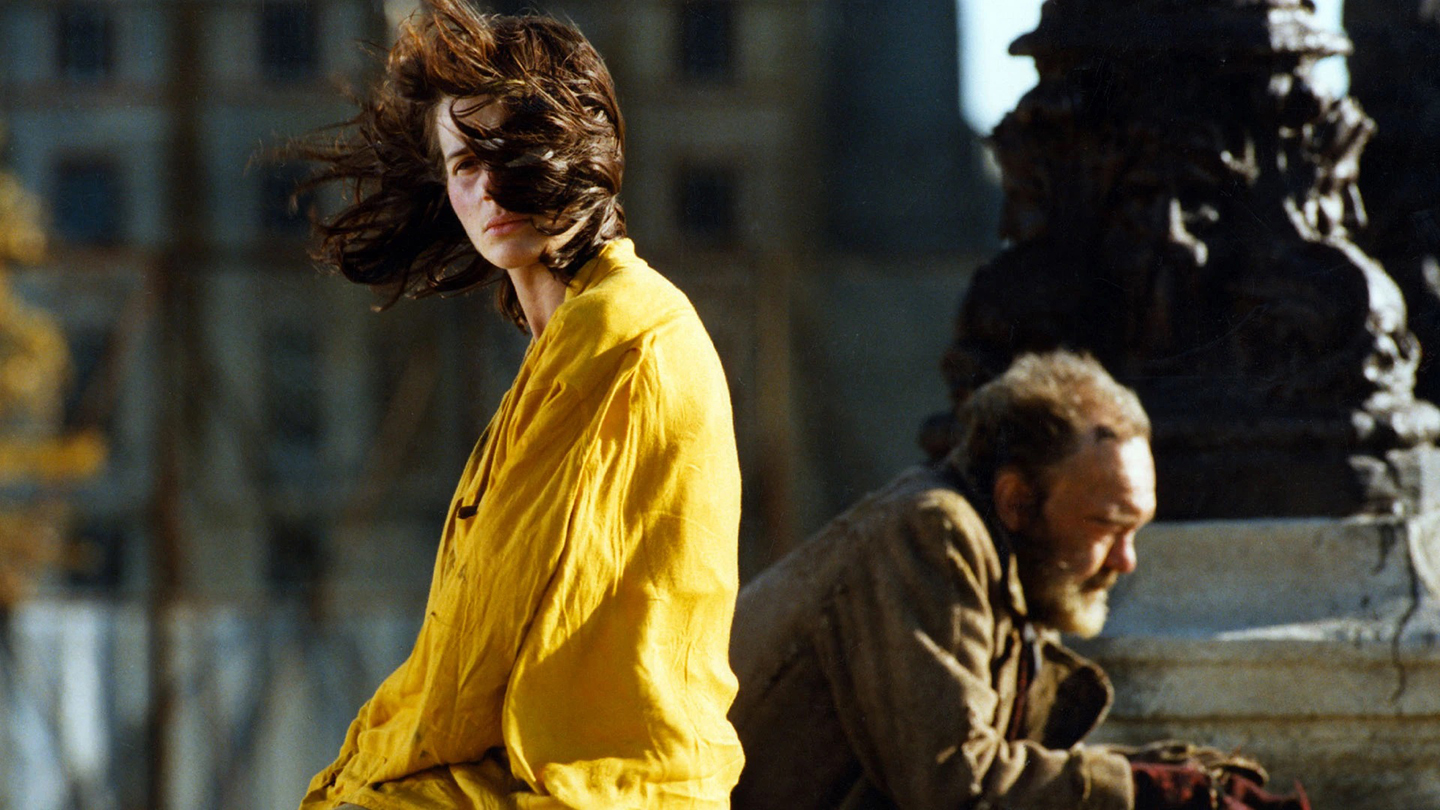
A key creative relationship that shaped Binoche’s work was with director Leos Carax across two films: Mauvais Sang (Bad Blood) 1986 and the iconic Les Amants du Pont-Neuf (The Lovers on the Bridge) 1991. Binoche committed fully to these productions and in the case of The Lovers on the Bridge it was a three year long production in which she turned down many other high-profile directors to support Carax’s vision. Both films are romantically bold imaginings of ‘amour fou’ (mad love) with Binoche central to the story, her face often filling the frame capturing the anguish, the passion and openness of her character. The Lovers on the Bridge is artistic triumph. Binoche delivers a wild, free-wheeling performance as Michèle a young, homeless artist sketching on the Paris streets looking for a place to sleep. She appears alongside the fiercely magnetic actor and dancer Denis Lavant. Michèle’s drawings are Binoche’s own work — the actor began her creative career as a performer and visual artist and continues her painting practice today.
While she had made films outside of France prior to the 1990s (such as her first English language role in The Unbearable Lightness of Being 1988 alongside Daniel Day-Lewis), it was in that decade that Binoche truly expanded her international career: as a femme fatale in Damage 1992 (with Jeremy Irons), directed by French New Wave director Louis Malle; and in Anthony Minghella’s The English Patient 1996, which cemented her, internationally, and for which she won the Academy Award for Best Supporting Actress.
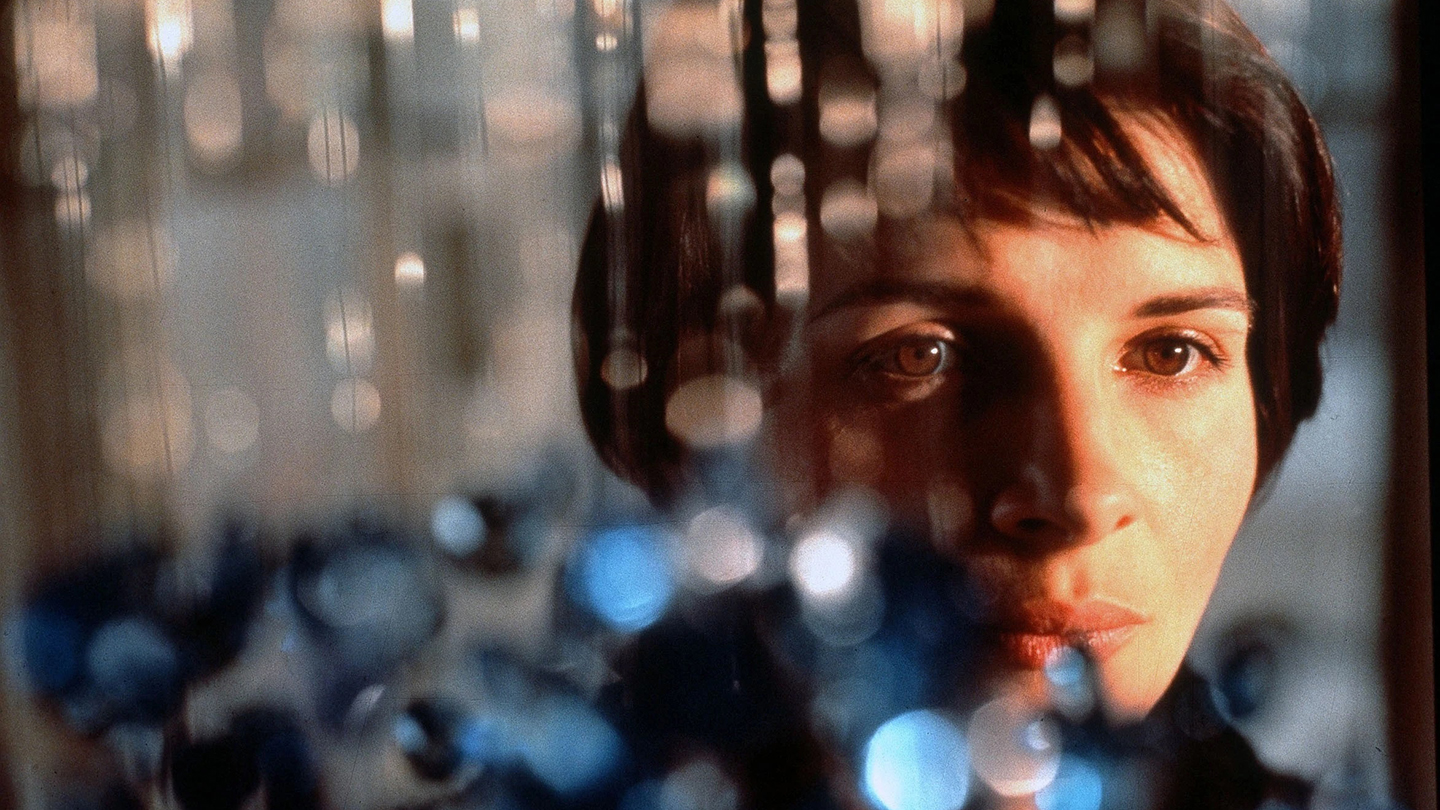
Binoche returned to France to star in the first of filmmaker Krzysztof Kieślowski’s ‘Three Colours’ trilogy — Three Colours: Blue 1993. Hailed a masterpiece, the film was a thundering critical success. Binoche’s character is Julie, a woman who is living in the devastating aftermath following the deaths of her husband and daughter. Julie resolves to do and feel nothing in the face of such great loss. Binoche artfully conveys the nuanced conflict between this desired state of non-being and her emotions simmering under the surface. A finely crafted, cerebral, anguished performance that was undeniably powerful, Three Colours: Blue elevated Binoche as a key symbol of French femininity.
Throughout the 1980s and 90s, a romantic streak developed in French cinema. Binoche helped in the crafting of the French romantic ideal and portrayals of sensuality on screen. One of these roles was with Chantal Akerman, who Binoche had long hoped to work with. The romantic comedy Un divan à New York (A Couch in New York) 1996 was a departure from Akerman’s usual groundbreaking feminist cinema. In it, Binoche plays French dancer Béatrice, who undertakes an apartment swap with an American psychologist (William Hurt). She exchanges her ramshackle Parisian apartment for a slick New York residence, complete with concierge. Misunderstandings and emotional entanglements ensue.
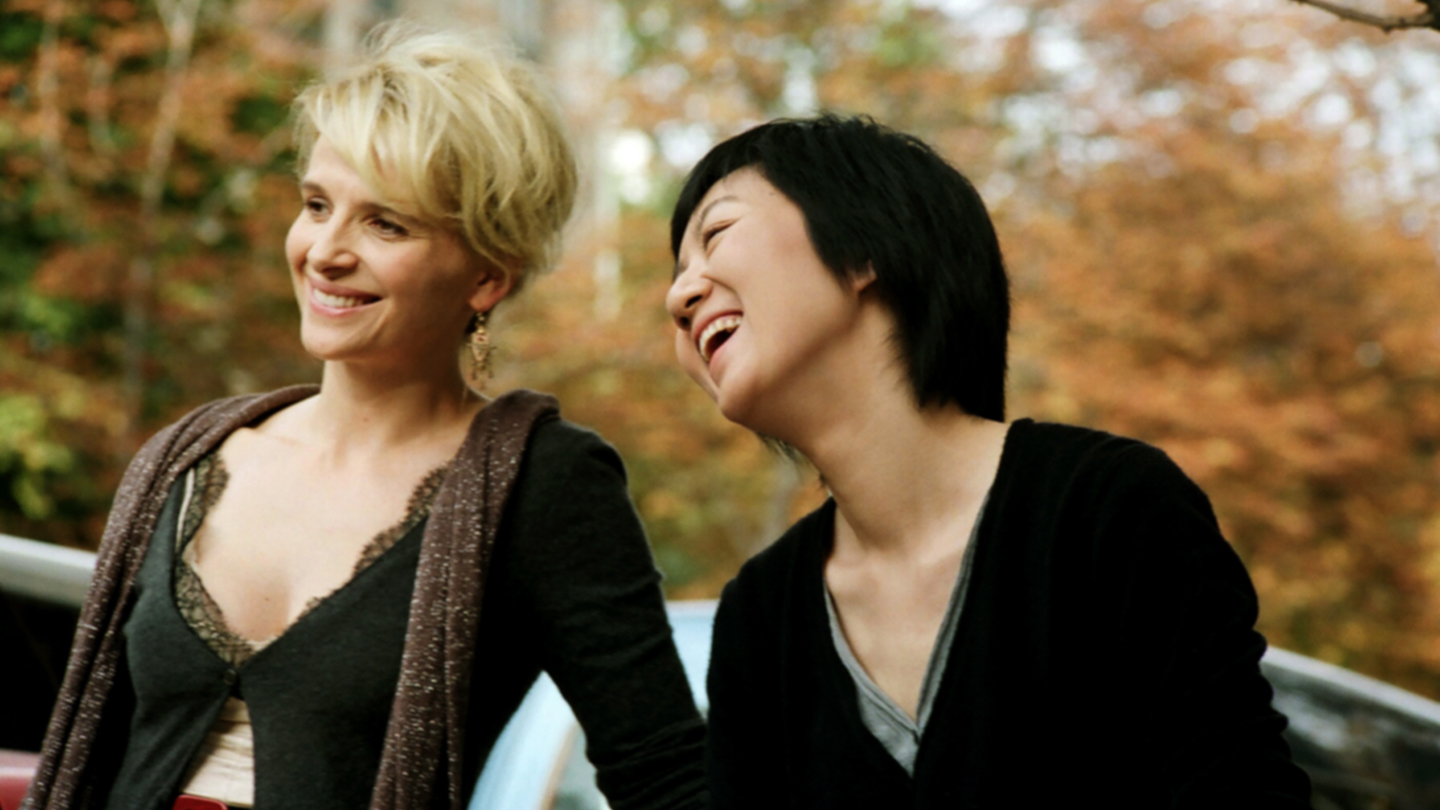
Binoche’s career trajectory is one of creative curiosity. Following her desire to work with brilliant directors and demanding scripts, Binoche forged professional partnerships throughout the 2000s with a remarkable array of artistic collaborators. These included Iranian director Abbas Kiarostami, notably his exploration of female actors and spectatorship in Shirin 2008 and his reinvention of the Tuscan romance in the bittersweet Certified Copy 2010. In 2007, she worked with one of the most influential Asian film directors — Taiwan’s Hou Hsiao-hsien — in his Paris-set Le Voyage du Ballon Rouge (Flight of the Red Balloon) 2007. Binoche grounds Japanese director Naomi Kawase’s spiritually questing film Vision 2018 with an earthy, authentic performance.
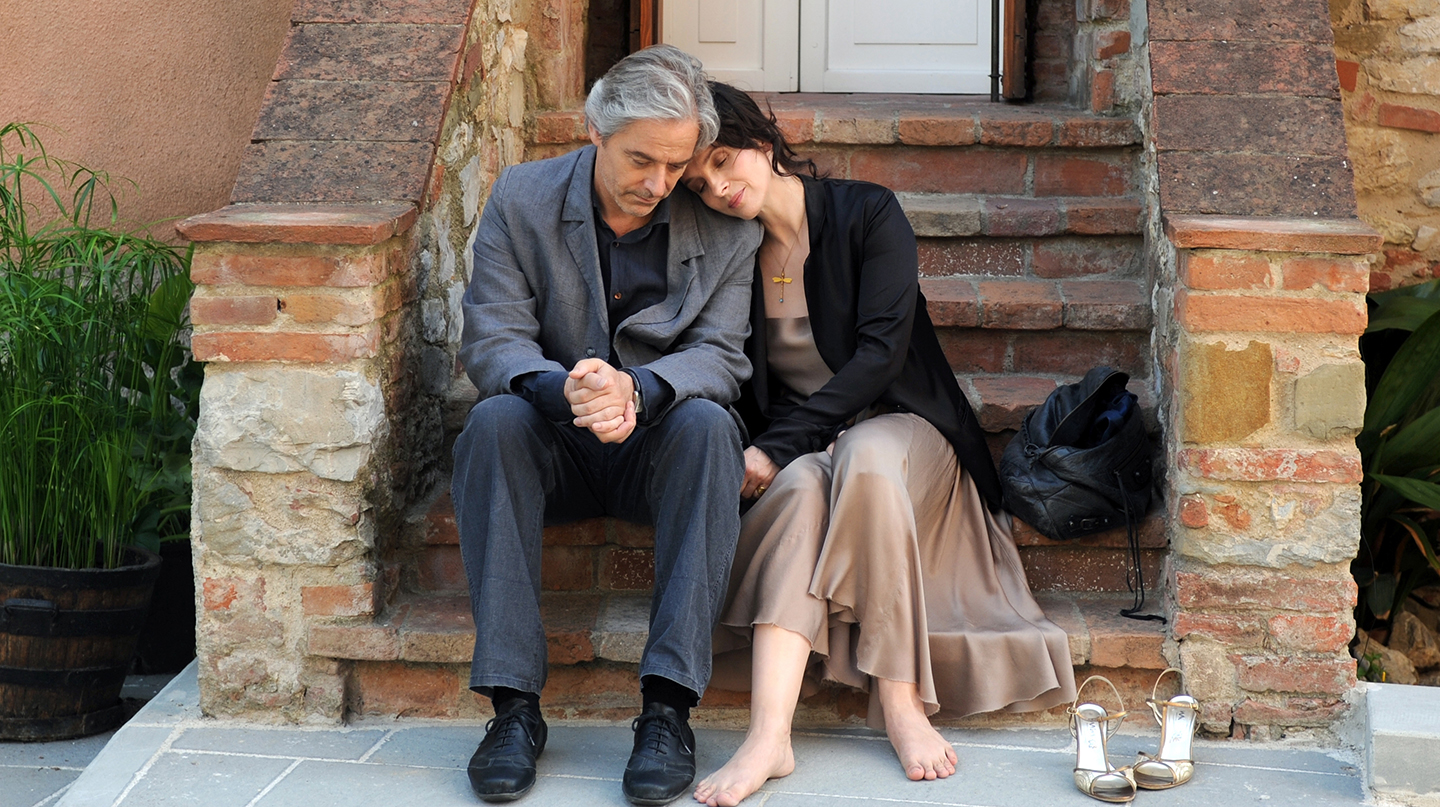
Two of the most defining films of this period are her roles with provocative Austrian director Michael Haneke, whose works explore the darker side of human nature. Code Unknown 2000 and Hidden 2005 are politically and morally charged films, with Binoche deftly managing the precarious balance, within the story, between a character who is charismatic and engaging yet not always sympathetic. For an actor who could very respectably have continued a trajectory of exclusively playing accessible, charming roles, instead she pursues those that stimulate and challenge, pushing her boundaries and the audience’s expectations. More recently, this has been the case with directors such as French heavyweights Olivier Assayas, Bruno Dumont and Claire Denis.
Take, for example, Camille Claudel 1915, made in 2013 by Bruno Dumont, which stars Binoche as the famous French sculptor of the title. Dumont is highly respected, and known for making daring and challenging films. Prior to making Camille Claudel 1915, one of Dumont’s signature modes of filmmaking was to work only with non-professional actors. Knowing this, Binoche — one of the most famous actors in France — contacted Dumont and outlined her desire to work with him. Following Camille Claudel 1915, their next project was Ma Loute (Slack Bay) 2016. Binoche’s bolshie performance took the audience by surprise; the comedy was so off-kilter funny it prompted Guardian film critic Peter Bradshaw to comment, ‘Everyone seems to have drunk their bodyweight in absinthe’.
Binoche has completed three films with the lauded filmmaker Clare Denis. From their first film, High Life 2018, through to their latest, about a love triangle Avec amour et Acharnement (Both Sides of the Blade) 2022, Denis — known for crafting whip-smart and muscular films — worked with Binoche to play with audience expectations of the actor’s onscreen persona as someone who is intelligent and beautiful, in order to craft morally ambiguous, complex, nuanced characters.
Juliette Binoche consistently makes courageous choices in the pursuit of performances that are vital, compelling and changing. Her ability to bring vulnerability, authenticity and complete commitment to a role has resulted in a stunning body of work.
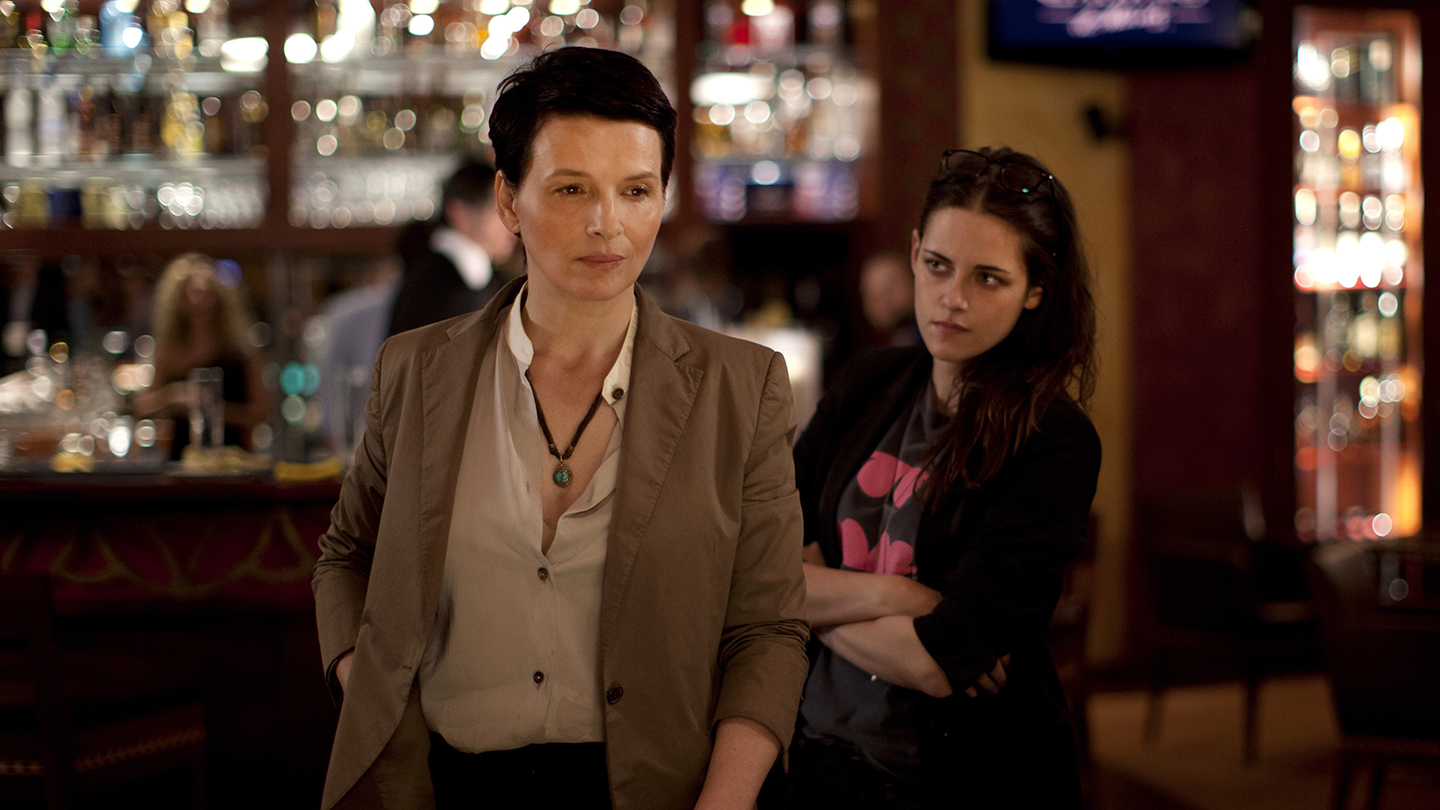
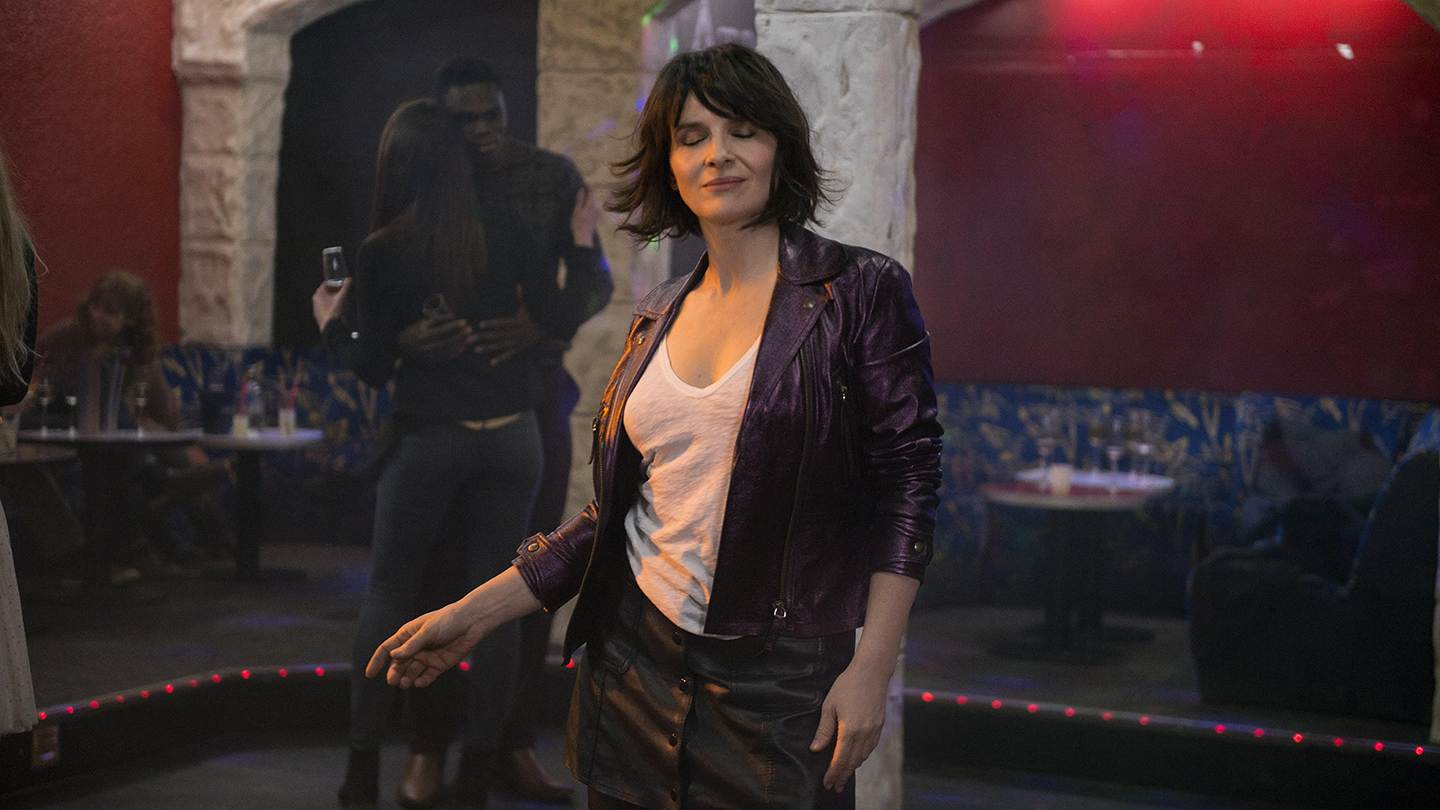
Rosie Hays is Associate Curator, Australian Cinémathèque, QAGOMA
Endnote
1 Juliette Binoche, quoted on The Screen Show, ABC Radio National, 7 May 2015, https://www.abc.net.au/radionational/programs/archived/finalcut/juliette-binoche-on-acting, -working-with-kristen-stewart/6451824, accessed February 2023.
‘Juliette Binoche’ screens at the Australian Cinémathèque, GOMA, from 28 April to 18 June.
The Australian Cinémathèque
The Queensland Art Gallery | Gallery of Modern Art (QAGOMA) is the only Australian art gallery with purpose-built facilities dedicated to film and the moving image. The Australian Cinémathèque at GOMA provides an ongoing program of film and video that you’re unlikely to see elsewhere, offering a rich and diverse experience of the moving image, showcasing the work of influential filmmakers and international cinema, rare 35mm prints, recent restorations and silent films with live musical accompaniment by local musicians or on the Gallery’s Wurlitzer organ originally installed in Brisbane’s Regent Theatre in November 1929.
#QAGOMA
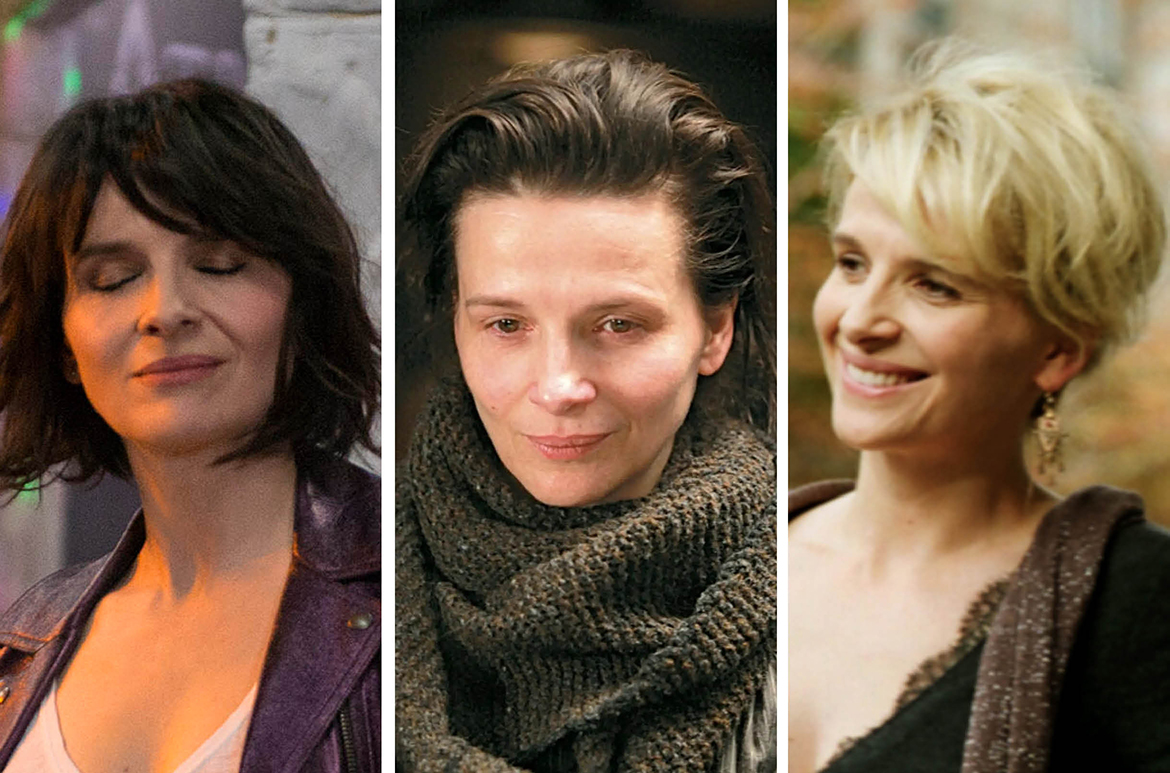

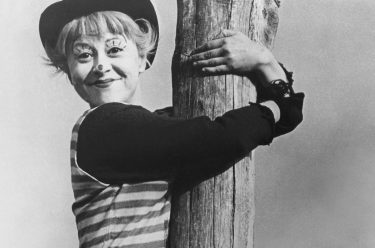
I’m sorry, but am unable to locate a programme for the Binoche films…. Dates, Film screening & times please?
Where do I locate this on website?
Hi Moira, here is a link to all the screenings https://www.qagoma.qld.gov.au/cinema/program/juliette-binoche Enjoy and thanks for making contact. Regards QAGOMA